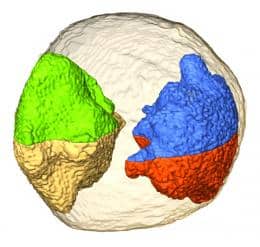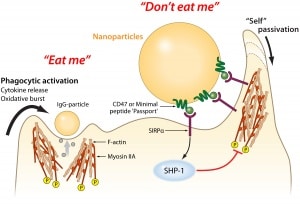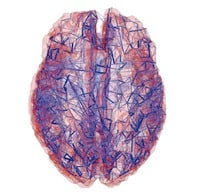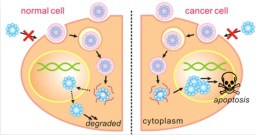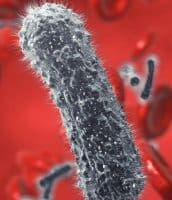Researchers from UCLA’s California NanoSystems Institute and Northwestern University have combined multiple imaging techniques to produce high quality 3D images of platinum nanoparticles, allowing advanced visualization of atomic-scale structural defects (an important advancement over X-ray crystallography). The original 2012 work, published in Nature and posted by Jim Lewis here, used electron tomography to study 10-nm… Continue reading New advancement in 3D imaging of nanoparticles at atomic resolution
New advancement in 3D imaging of nanoparticles at atomic resolution
